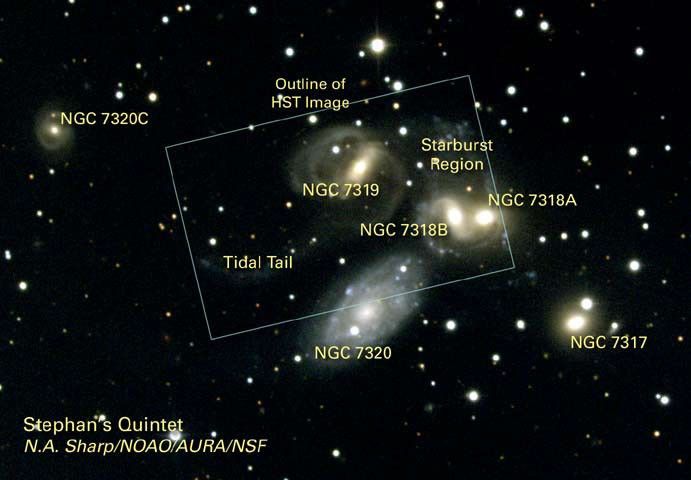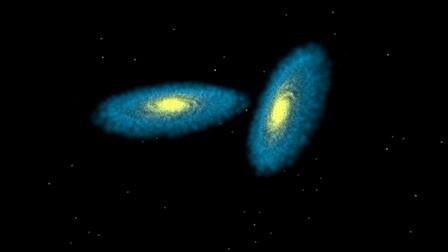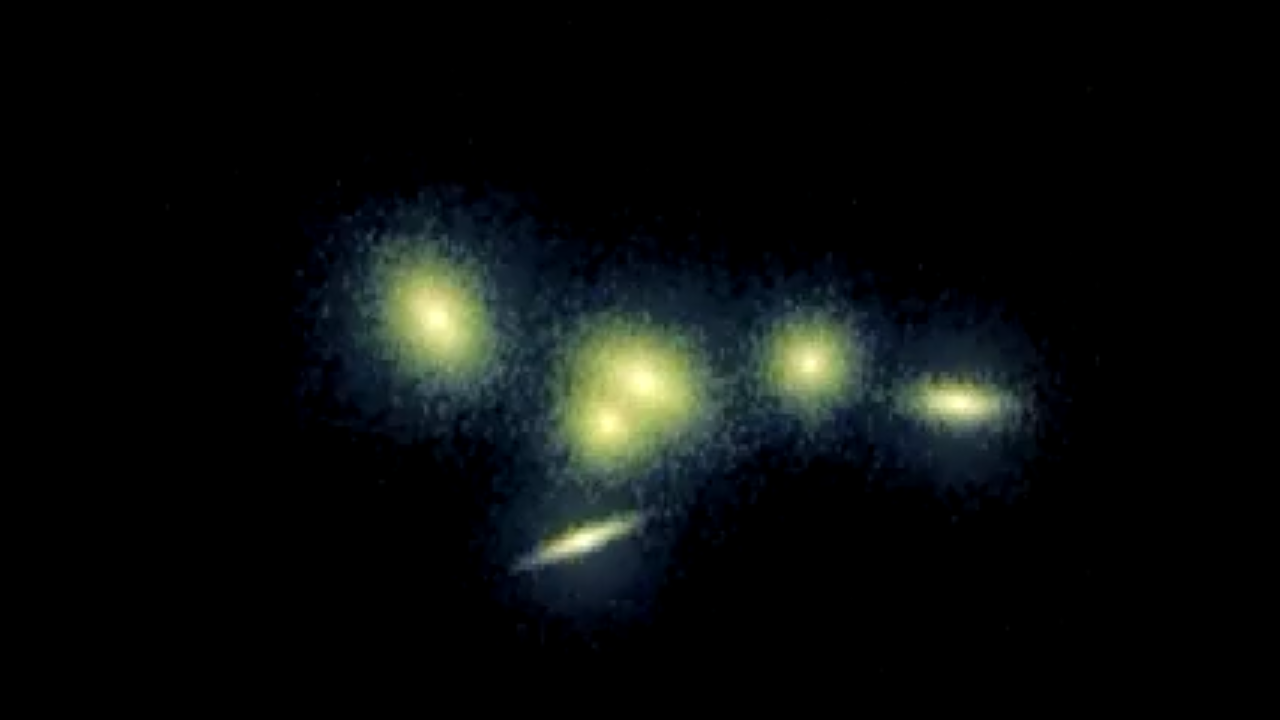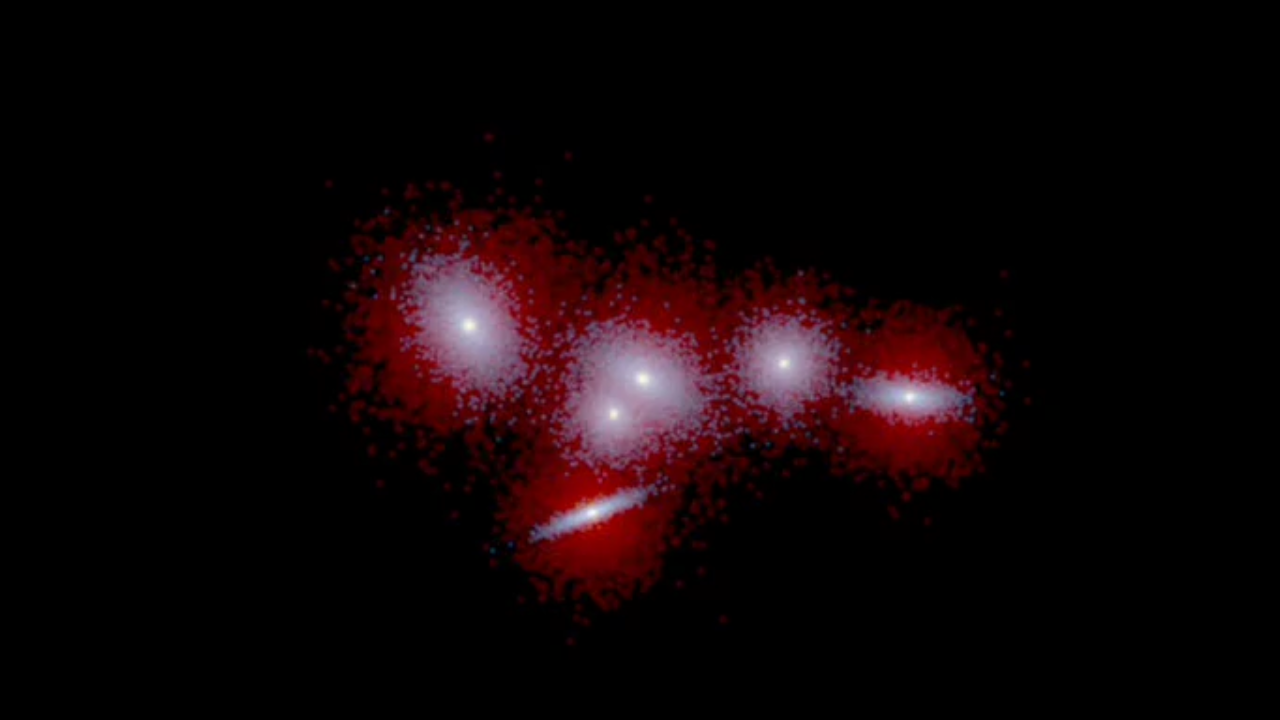1 min read
Star Clusters Born Among the Interacting Galaxies of Stephan’s Quintet

This close-up view of Stephan's Quintet, a group of five galaxies, reveals a string of bright star clusters that sparkles like a diamond necklace. The clusters, each harboring up to millions of stars, were born from the violent interactions between some members of the group. The rude encounters also have distorted the galaxies' shapes, creating elongated spiral arms and long, gaseous streamers.
The NASA Hubble Space Telescope photo showcases three regions of star birth: the long, sweeping tail and spiral arms of NGC 7319 [near center]; the gaseous debris of two galaxies, NGC 7318B and NGC 7318A [top right]; and the area north of those galaxies, dubbed the northern starburst region [top left].
The clusters' bluish color indicates that they're relatively young. Their ages span from about 2 million to more than 1 billion years old.
The brilliant star clusters in NGC 7318B's spiral arm (about 30,000 light-years long) and the northern starburst region are between 2 million and more than 100 million years old. NGC 7318B instigated the starburst by barreling through the region. The bully galaxy is just below NGC 7318A at top right. Although NGC 7318B appears dangerously close to NGC 7318A, it's traveling too fast to merge with its close neighbor. The partial galaxy on the far right is NGC 7320, a foreground galaxy not physically bound to the other galaxies in the picture.
About 20 to 50 of the clusters in the northern starburst region reside far from the coziness of galaxies. The clusters were born about 150,000 light-years from the nearest galaxy.
A galaxy that is no longer part of the group triggered another collision that wreaked havoc. NGC 7320C [not in the photo] plowed through the quintet several hundred million years ago, pulling out the 100,000 light-year-long tail of gaseous debris from NGC 7319. The clusters in NGC 7319's streaming tail are 10 million to 500 million years old and may have formed at the time of the violent collision. The faint bluish object at the tip of the tail is a young dwarf galaxy, which formed in the gaseous debris.
The quintet is in the constellation Pegasus, 270 million light-years from Earth. Spied by Edouard M. Stephan in 1877, Stephan's Quintet is the first compact group ever discovered.
The mosaic picture was taken by Hubble's Wide Field and Planetary Camera 2 on Dec. 30, 1998 and June 17, 1999.
About the Object
- R.A. PositionR.A. PositionRight ascension – analogous to longitude – is one component of an object's position.22h 35m 57.49s
- Dec. PositionDec. PositionDeclination – analogous to latitude – is one component of an object's position.33° 57' 36.0"
- ConstellationConstellationOne of 88 recognized regions of the celestial sphere in which the object appears.Pegasus
- DistanceDistanceThe physical distance from Earth to the astronomical object. Distances within our solar system are usually measured in Astronomical Units (AU). Distances between stars are usually measured in light-years. Interstellar distances can also be measured in parsecs.82 Mpc (270 million light-years)
- DimensionsDimensionsThe physical size of the object or the apparent angle it subtends on the sky.This image is roughly 3.6 arcminutes (86 kpc or 280,000 light-years) in the vertical direction.
About the Data
- Data DescriptionData DescriptionProposal: A description of the observations, their scientific justification, and the links to the data available in the science archive.
Science Team: The astronomers who planned the observations and analyzed the data. "PI" refers to the Principal Investigator.Principal Astronomers: S. Gallagher, J. Charlton, S. Hunsberger (PSU), D. Zaritsky (U. Arizona), and B.Whitmore (STScI) - InstrumentInstrumentThe science instrument used to produce the data.HST>WFPC2
- Exposure DatesExposure DatesThe date(s) that the telescope made its observations and the total exposure time.December 30, 1998, and June 17, 1999, Exposure Time: 6.6 hours
- FiltersFiltersThe camera filters that were used in the science observations.F450W (B), F569W (V), and F814W (I)
- Object NameObject NameA name or catalog number that astronomers use to identify an astronomical object.Stephan's Quintet, Hickson Compact Group (HCG) 92 NGC 7318A, NGC 7318B, NGC 7319, NGC 7320
- Object DescriptionObject DescriptionThe type of astronomical object.Interacting Galaxy Group
- Release DateJuly 19, 2001
- Science ReleaseStar Clusters Born in the Wreckage of Cosmic Collisions
- CreditImage Credits: NASA, Jayanne English (University of Manitoba), Sally Hunsberger (Pennsylvania State University), Zolt Levay (Space Telescope Science Institute), Sarah Gallagher (Pennsylvania State University), and Jane Charlton (Pennsylvania State University); Science Credits: Sarah Gallagher (Pennsylvania State University), Jane Charlton (Pennsylvania State University), Sally Hunsberger (Pennsylvania State University), Dennis Zaritsky (University of Arizona), and Bradley Whitmore (Space Telescope Science Institute)
Related Images & Videos
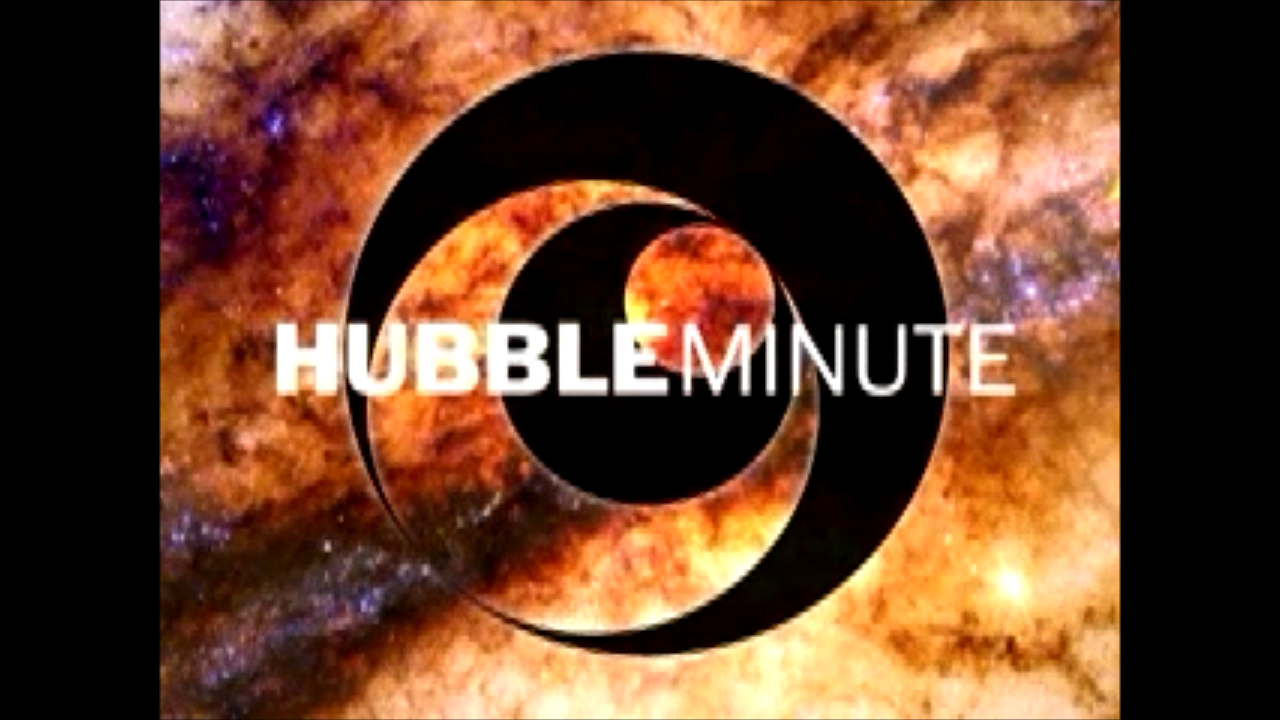
HubbleMinute: Battle Royale in Stephan's Quintet
Astronomers studying the compact galaxy group Stephan's Quintet have seen creative destruction in the many collisions taking place among its galaxies. This HubbleMinute discusses what astronomers are learning and hope to learn from examining the quintet.
Share
Details
Claire Andreoli
NASA’s Goddard Space Flight Center
Greenbelt, Maryland
claire.andreoli@nasa.gov




























![A Cluster of Galaxies – Coma Cluster [NOAO]](https://assets.science.nasa.gov/dynamicimage/assets/science/missions/hubble/releases/2001/07/STScI-01EVT9G8CS7M1JMSDW08S1QBQ3.jpg?w=512&h=512&fit=clip&crop=faces%2Cfocalpoint)

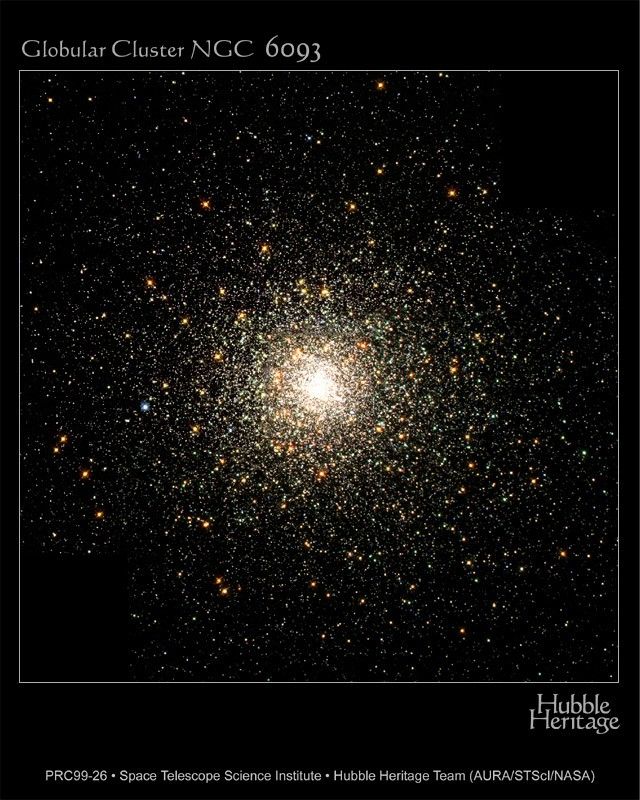
![Stephan's Quintet [NOAO]](https://assets.science.nasa.gov/dynamicimage/assets/science/missions/hubble/releases/2001/07/STScI-01EVT9G5EXNXG2AQK3DZBK99GP.jpg?w=556&h=549&fit=clip&crop=faces%2Cfocalpoint)
